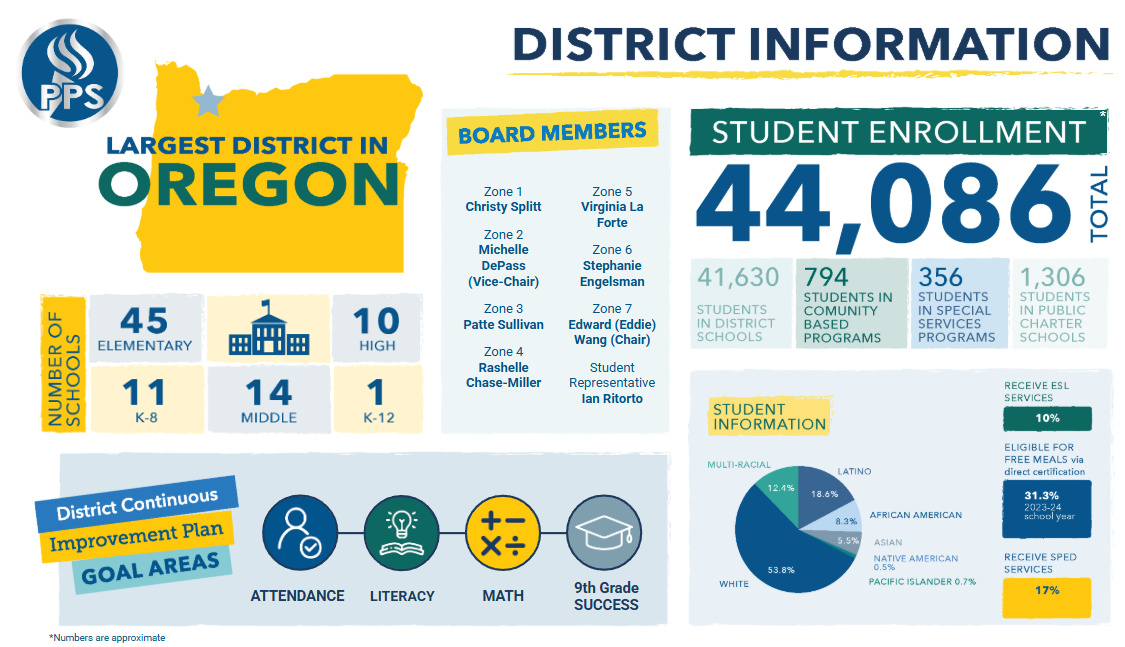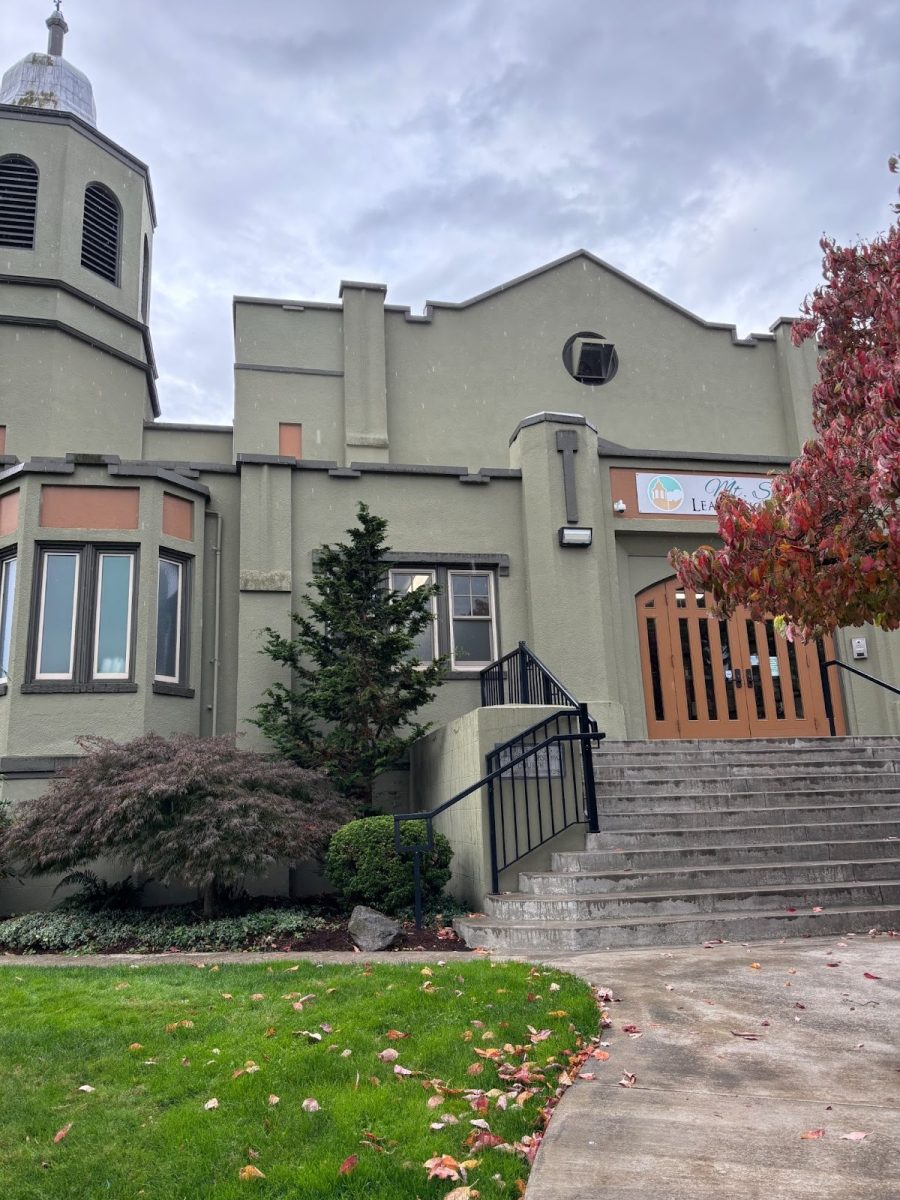As immigration policy has become increasingly divisive at the federal level, there is a greater need for state and local governments to develop socioeconomic policy that guides the role of immigrants in the local economy.
A report from the Immigration Research Initiative (IRI), released on Saturday, May 4 of this year, gives an in depth view into the impact of immigrants on Oregon’s economy. The report outlines that immigrants, despite facing significant barriers and despite only making up 10 percent of the population, make up 13 percent of Oregon’s GDP.
For many, this may come as a surprise. There is often a narrative pushed about immigrants that they solely work in low wage sectors; however, the report challenges this idea, as it finds that a significant amount of immigrants actually work in middle or high-earning industries. Anthony Capote, who co-authored the report, explains, “So often we hear this dangerous narrative that immigrants only ever do low wage work. And while it is true that immigrants, even in Oregon, are disproportionately located in low wage jobs … It’s also true that many are actually working in these middle and upper wage jobs.”
However, immigrants’ higher economic output per their share of the population may not be an entirely positive finding. Alejandro Queral, the executive director of the Oregon Center for Public Policy. explains that even as more immigrants find their way into higher paying work, many immigrants are simply working longer hours and longer periods of their lives.
In a similar vein, the report explains that “while immigrants make up 10 percent of the population, they make up 13 percent of the working-age population,” which more closely aligns with their total economic output.
The IRI has created similar reports for numerous states across the country, and comparatively, Queral explains, “We’re doing quite well. You know, we’re a state that has been really moving in a direction of supporting immigrants.” While individual states do not have the authority to have their own immigration policy, states do have the power to implement socioeconomic policy that supports immigration. To put it simply, every state has immigrants; however, only states that intentionally create legislation with immigrants in mind can develop supportive economies.
This legislation can span from allowing undocumented immigrants to obtain a driver’s license — which Oregon and 15 other states allow — to giving immigrants, regardless of their citizenship status, in-state tuition at public universities. Queral echoes this sentiment, saying “during the pandemic, we helped pass the Oregon Worker Relief funds because immigrant workers … don’t qualify for unemployment insurance.” These funds allocated money to immigrant workers across the state to make up lost pandemic wages.
Beyond legislation, organizations in SE have worked to fill in the gap between the needs of immigrants and current policy. Workers’ rights — which currently are a contentious issue across the states — may not be entirely legislatively protected, as employers can be fined for knowingly hiring undocumented workers, and often barriers inherent in immigration prevent many immigrants from entering jobs that meet legal standards for wages and conditions. However, many local initiatives are actively working to challenge this, including the Immigrant and Refugee Community Organization (IRCO). The organization — which is entirely community based — has eight locations across the state, one of which is in SE Portland. They explain on their website that they are “by refugees for refugees” and provide everything from legal services to housing support.
IRCO isn’t the only organization working to fill in legislative gaps. Voz, a workers’ rights organization in SE Portland that fights to improve wages and working conditions by matching immigrant workers to local construction, demolition, or beautification projects, does similar work but from the employment side. IRI’s report illustrated that in addition to construction, many immigrants inside of Oregon’s bigger cities tend to work in the service industry.
In middle wage work, the report found that immigrants were spread out across a variety of industries; however, in high wage work, 84 percent of immigrants work in computer, management, and finance occupations.
The good news is that Oregon seems to be on the right track, as, in comparison, immigrants are doing better here than in other states; on the other hand, there is still much growth to be done. Queral reflects on the broader context of immigration policy across the USA, explaining, “It’s about creating a series of economic policies that are inclusive from the get go, right? It’s not about you know, how do we create policies that benefit the immigrants but it’s like, how do we create policies that benefit all communities? How do we create policies that bring economic stability for all communities?”




































flooring • May 29, 2024 at 3:13 am
My brother recommended I might like this web site He was totally right This post actually made my day You cannt imagine just how much time I had spent for this information Thanks